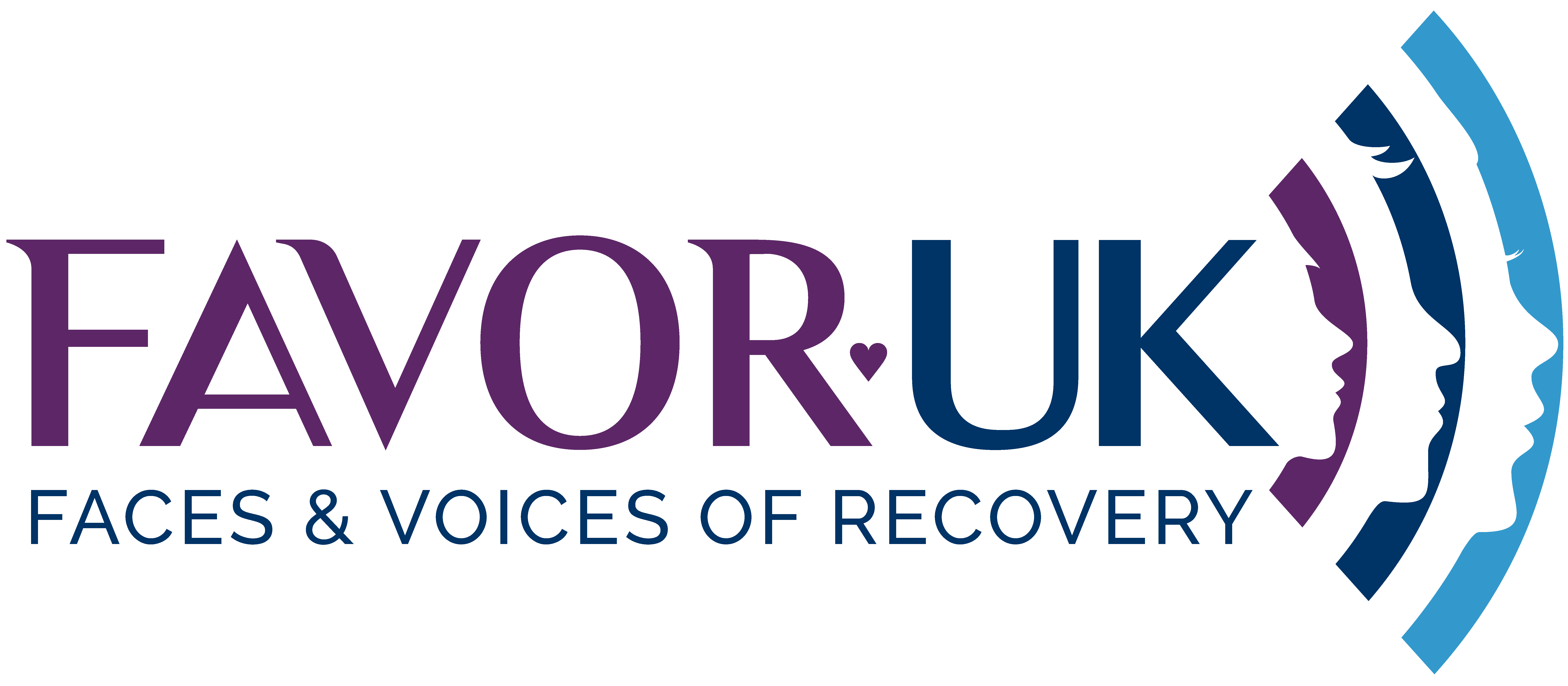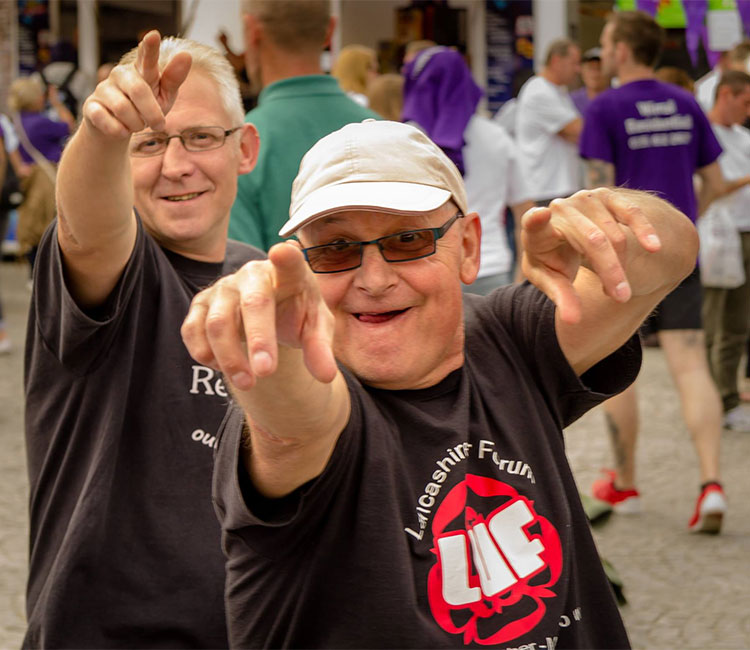Medication is used in a number of different ways to help with alcohol and drug dependency.
Effective treatment comes in different shapes and sizes and encompasses a range of treatments and services which help people overcome their dependency and reduce the physical and psychological harms caused by alcohol and drugs to users, their families and communities.
Most people who enter into treatment want to stop drinking / get off drugs for good. Some people will choose a route that requires abstinence from the start, for others it will be a more gradual process. There are many different pathways to recovery. Your treatment journey should be tailored to meet your needs and circumstances.
Whether you opt for maintenance therapy or detoxification, both should be discussed. If maintenance therapy is being considered, opioid use must be confirmed by testing for the presence of opioids in oral fluids or urine.
The goal of maintenance therapy
The goal of maintenance therapy is harm reduction and stabilisation of lifestyle. For some people, initially it is likely to be a better option than detoxification, particularly for those who have been addicted for longer periods of time, who often inject, or who have high levels of drug use.
The goal of detoxification
The goal of detoxification is to come off opioids altogether. It is suitable for people who are highly motivated and wish to detoxify from all opioids and whose circumstances are stable and conducive to maintaining abstinence.
Most treatment does involve some form of talking therapy. Counseling and other psychosocial treatments in combination with medication offer the best hope for long-term success. Research has shown that those who rely on medication alone are more likely to go back to using drugs than those who also had psychosocial support.
Medications can be used to manage withdrawal symptoms, prevent relapse, and treat co-occurring conditions.
Withdrawal.
Medications can help suppress withdrawal symptoms during detoxification, this is known as agonist-assisted detox. Common drugs used for agonist-assisted detox include methadone and buprenorphine.
Detoxification is not in itself “treatment,” but only the first step in the process. Patients who do not receive any further treatment after detoxification usually resume their drug use.
Symptomatic medications are used to treat the physical symptoms of heroin/ opioid withdrawal while undergoing detoxification. The most common symptomatic medication is lofexidine, which is often used in combination with benzodiazepines. These treat withdrawal symptoms and anxiety. These medications are not opioids, so therefore do not bind to the brain’s opioid receptors so you may still experience cravings.
Relapse prevention. Patients can use medications after detox to help re-establish normal brain function and decrease cravings. Medications are available for treatment of opioid (heroin, prescription pain relievers), tobacco (nicotine), and alcohol addiction. People who use more than one drug, which is very common, need treatment for all of the substances they use.
Co-occuring conditions. Other medications are available to treat possible mental health conditions, such as depression or anxiety, that may be contributing to the person’s addiction.
Substitute prescribing / maintenance therapy refers to prescribing a safer alternative to the problem or drug. Using a prescribed substitute is usually only available for problems with opiates (like heroin). The initial aim is to replace the very dangerous street drug with a much safer prescribed opiate. The longer-term goals of substitute prescribing are much wider and include first stabilising you on a dose of medication that avoids you experiencing any withdrawals, and on a dose that helps you to stop using your problem drug; and then using the initial period of stability to help you take the next steps to full recovery. There is very good evidence to support the use of opiate substitution treatment as one part of a path to recovery. The aim is usually then for the dosage of the substitute drug to be decreased, alongside talking treatments and other support for recovery.
Maintenance therapy is a longer term treatment. Common drugs used for maintenance are methadone, buprenorphine and buprenorphine/naloxone. With the right dosing, these all affect the body like commonly used opioids, so the binding sites in the brain fill up, reducing cravings and withdrawals.

